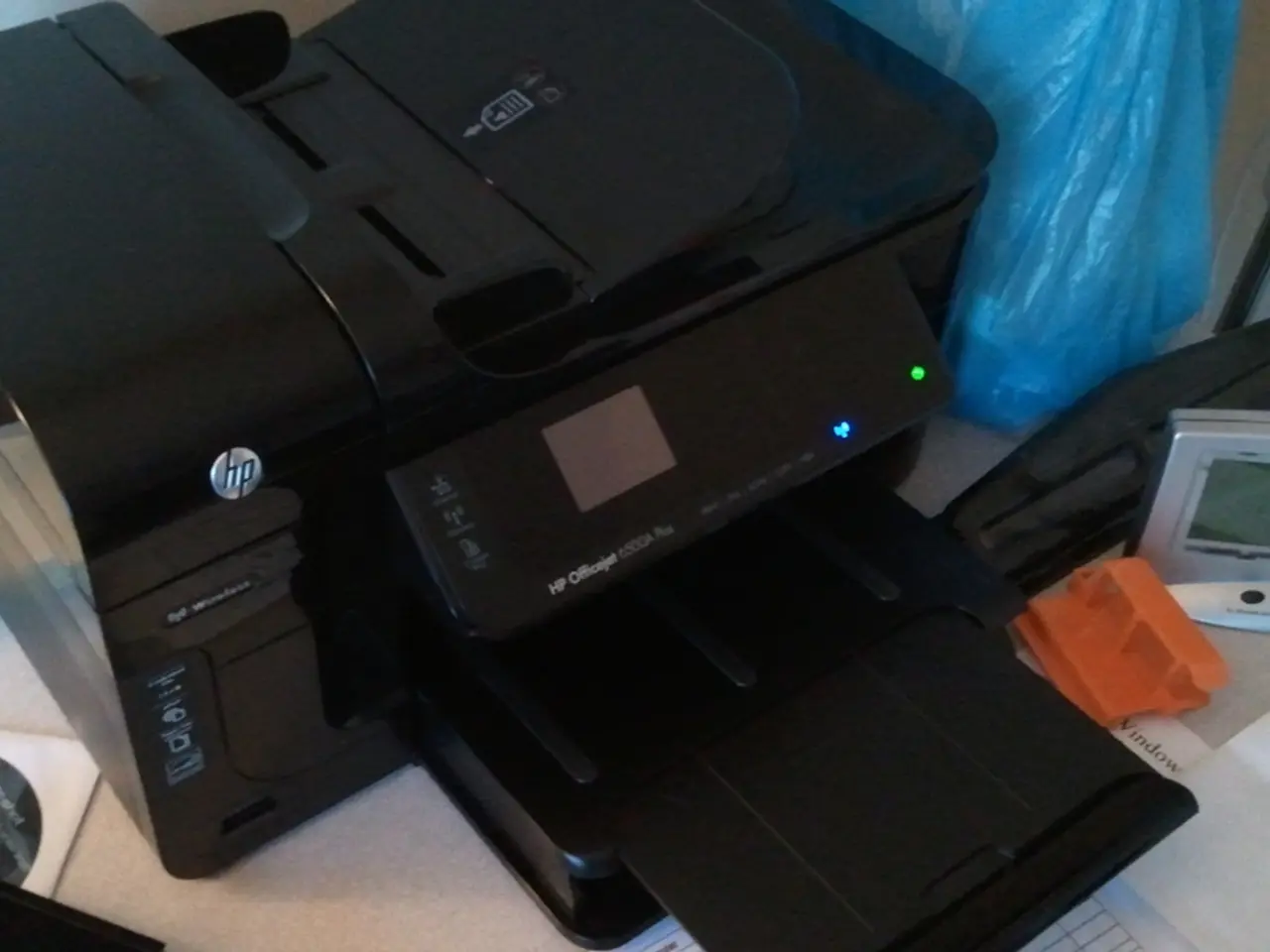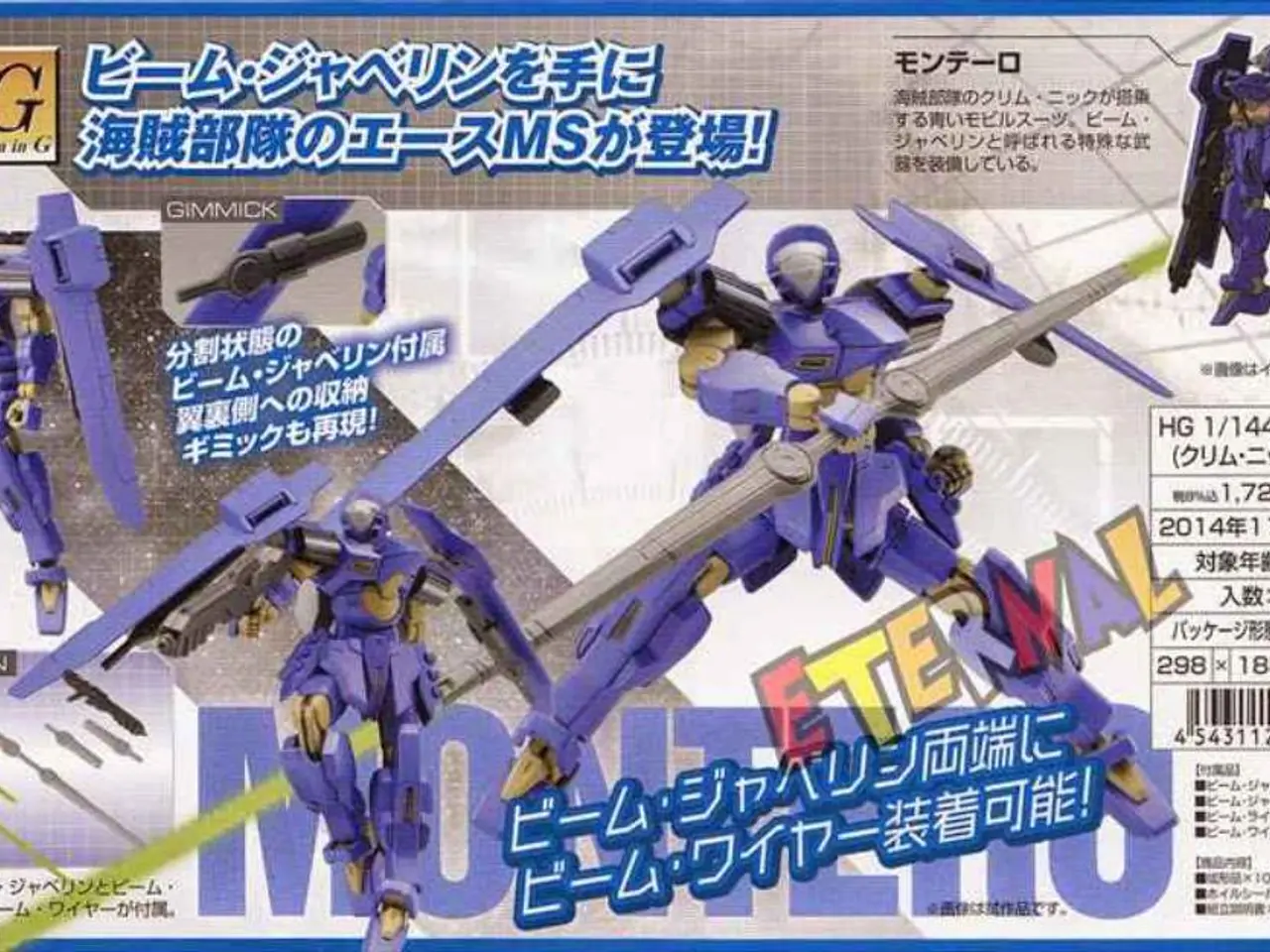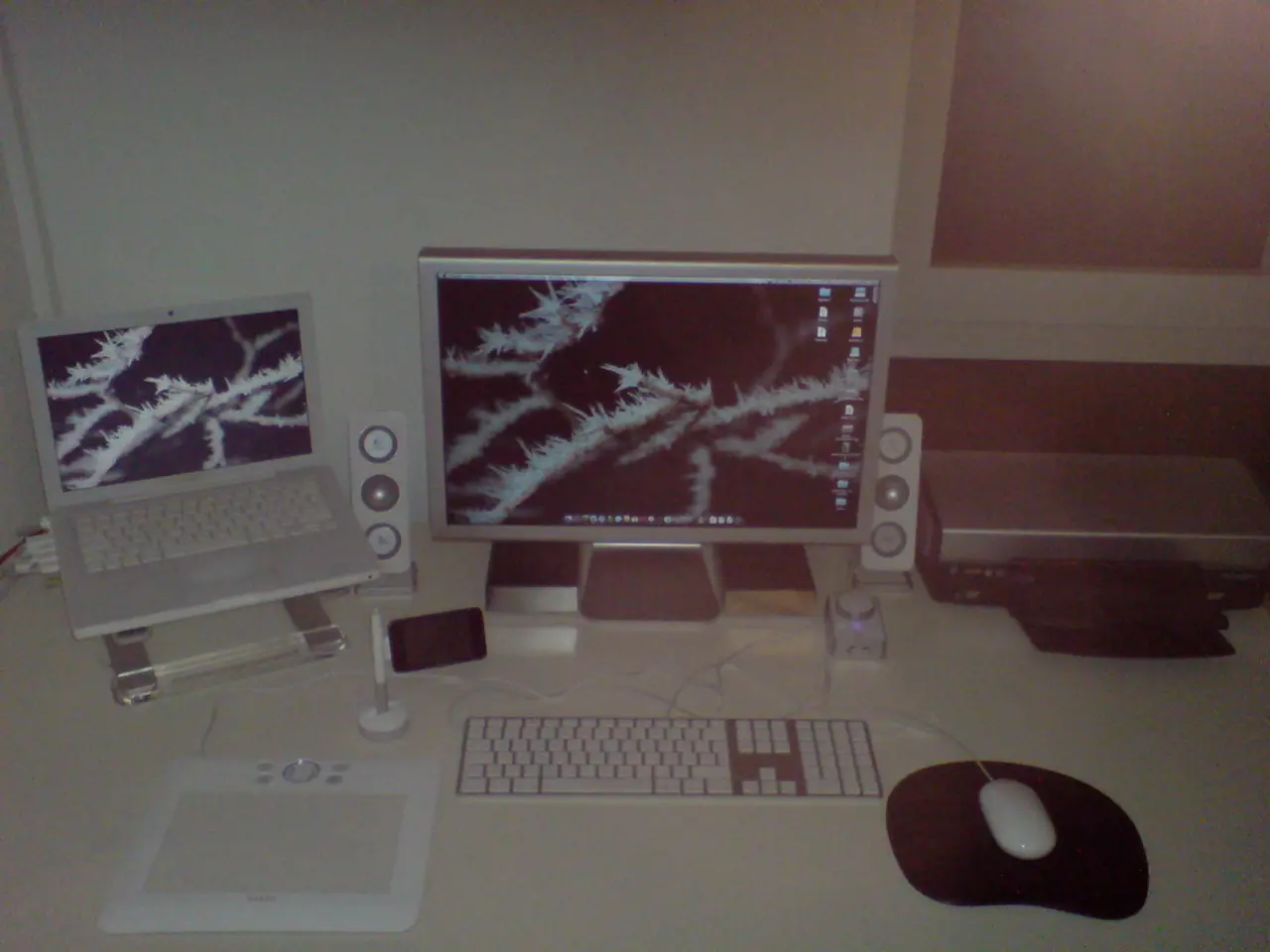Information on Purchasing a School Photocopier
Choosing the Right School Copier: A Comprehensive Guide
When it comes to selecting a copier for your school, there are several key factors to consider to ensure efficient, cost-effective, and high-quality printing throughout the academic year. Here's a breakdown of the essential aspects to evaluate based on your school's printing volume, budget constraints, and specific functional needs.
Image Quality
Look for a copier with sufficient resolution (measured in dpi) to ensure sharp and clear text and images, particularly important for exam papers and educational materials.
Copier Type
Choose between black-and-white or color copiers based on your school's printing needs. Color copiers tend to be more expensive but can be useful for newsletters or learning aids.
Speed
Consider the copier’s pages per minute (ppm) speed, matching it to your monthly print volume. High schools and campuses typically need faster machines due to higher demand.
Paper Types and Capacity
Verify the copier supports the paper sizes you use (letter, legal, card stock, transparencies). Also, ensure it has a paper feed capacity and multiple trays if you handle diverse paper types regularly.
Pricing
Factor in both upfront purchase cost and ongoing expenses such as toner or ink, maintenance, and repair. Cost-per-page (CPP) is a critical metric for budgeting as it helps assess long-term affordability.
Ongoing Costs
Consider toner efficiency, refill programs, and the availability of managed print services to keep costs predictable. Also, look into the copier’s duty cycle and maintenance requirements to avoid frequent servicing and downtime.
Features
Additional useful features to look for include automatic duplex (double-sided) printing to save paper, automatic document feeders, wireless/network connectivity for easy sharing, and compatibility with various operating systems.
Here's a summary in a table for clarity:
| Factor | Key Considerations | |----------------------|---------------------------------------------| | Image Quality | High resolution for clear printouts (dpi) | | Copier Type | B&W vs. color based on usage needs | | Speed | Pages per minute, aligned with monthly volume | | Paper Types & Capacity | Supports needed paper sizes and multiple trays | | Pricing | Initial cost plus cost-per-page (CPP) | | Ongoing Costs | Toner/ink cost, maintenance frequency, duty cycle | | Features | Duplex printing, auto document feeder, connectivity options |
Laser vs. Inkjet Copiers
Laser copiers have a higher output speed compared to inkjet models, typically printing 20-40 pages per minute. Inkjet copiers can print on a variety of paper types and finishes, including glossy photos. However, laser copiers can handle monthly print volumes in the thousands, while inkjet copiers have a duty cycle of under 1,000 pages per month.
Power consumption is another ongoing cost to consider, and features like sleep modes and dual-sided printing can help save on costs.
By carefully evaluating these factors, you can select a copier that meets your school's needs and ensures efficient, cost-effective, and high-quality printing throughout the academic year.
- Incorporating technology into a student's learning experience can be facilitated through the use of interactive gadgets such as laptops.
- A teacher might find it beneficial to employ an interactive whiteboard, synced with their laptop, for more engaging and collaborative lessons in the school environment.
- As digital learning becomes more prevalent, schools must invest in reliable and efficient copiers, like high-speed laser copiers, that can manage monthly print volumes, ensuring timely production of learning materials.
- The use of technology and gadgets like laptops, copiers, and interactive whiteboards can enhance the overall learning experience, making it more engaging and productive for both students and teachers at school.




